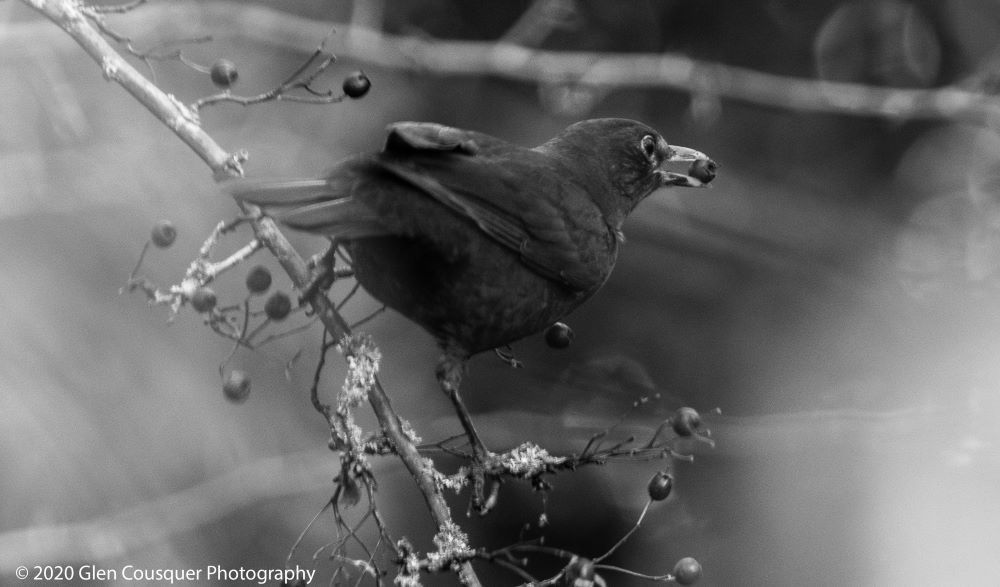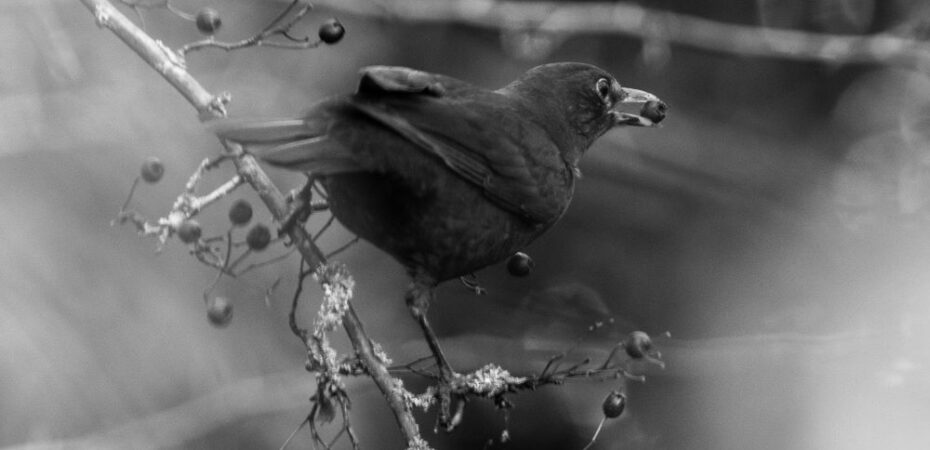
In this extra post, Glen Cousquer , Lecturer and Programme Coordinator in One Health↗️ and Conservation Medicine↗️, gives us some valuable end of the year reflections on cultivativating gratitude.
There are a number of emotions that play an important role in individual and collective wellbeing. Cultivating these emotions in our lives, communities and organisations and in our pedagogical practice is therefore really important as a way to improved wellbeing.
These emotions include awe and wonder, compassion and gratitude. The reason they are so special is that they are pro-social (Seigel, 2023, p.202): increasing our sense of belonging and connection. They allow us to feel less contracted and shut down because they open us up to possibility, to a sense of our extended self. The reason that large open spaces and expansive vistas, the sight of a rainbow arcing across the sky or a wide-open sea view can help us feel more alive is because they allow us to experience our deeper connection to the world beyond the solo-self. This is why they are also termed “self-transcending” or “self-expanding emotions”.
In this short blog, I would like to share some inspiring work on the role of gratitude as a wellbeing practice. I draw on writings from Robin Wall Kimmerer and Joanna Macy to develop our appreciation of why gratitude is fundamental to our wellbeing and how it can be cultivated. I also offer a few practical suggestions that may help us bring more gratitude into our homes and workplaces.
Robin Wall Kimmerer on Gratitude and Reciprocity
In a recent interview for the Guardian newspaper, author of Gathering Moss↗️ and Braiding Sweetgrass↗️, Robin Wall Kimmerer summed up one of the key challenges we face as follows: “people can’t understand the world as a gift unless someone shows them how it is a gift”. Understanding that we are in relationship with the world and therefore interdependent is an idea that lies at the heart of indigenous cultures across the world and yet it is something we, in the West have lost sight of.
To connect with this insight, I invite you to contemplate the elderberries and blackberries that are ripening in our hedgerows earlier this autumn. In her beautiful essay “The Serviceberry↗️“, Kimmerer tells us that, in her Potawatomi language, the word for berry and for gift have the same etymological root. Having shared this insight, she goes on to write:
“In naming the plants who shower us with goodness, we recognize that these are gifts from our plant relatives, manifestations of their generosity, care, and creativity. When we speak of these not as things or products or commodities, but as gifts, the whole relationship changes. I can’t help but gaze at them, cupped like jewels in my hand, and breathe out my gratitude.
In the presence of such gifts, gratitude is the intuitive first response. The gratitude flows toward our plant elders and radiates to the rain, to the sunshine, to the improbability of bushes spangled with morsels of sweetness in a world that can be bitter.
Gratitude is so much more than a polite “thank you.” It is the thread that connects us in a deep relationship, simultaneously physical and spiritual, as our bodies are fed and spirits nourished by the sense of belonging, which is the most vital of foods. Gratitude creates a sense of abundance, the knowing that you have what you need. In that climate of sufficiency, our hunger for more abates and we take only what we need, in respect for the generosity of the giver.”

This insight from the world of plants reminds us that we are part of a gift economy and that we have much to be grateful for, if we stop to notice. Unfortunately, positives are, it seems, coated in teflon, whilst negatives are coated in Velcro; our negativity bias therefore gets in the way of appreciating the positives. It is a bias built into our nervous system but one that we can learn to over-ride. It is also a product of living in a consumer culture. The job of advertisers after all is to create dissatisfaction in their audience. Research has shown that people living in countries that spend more on advertising tend to be less satisfied with their lives (Torres, 2020).
So how can gratitude help us cultivate satisfaction and wellbeing?
Well, to understand this it helps to recognise the three elements that make up gratitude (Macy and Johnstone, 2022):
“The first is appreciation – the valuing of what has happened. The second is attribution, where another’s role is recognised. The third is giving thanks, where rather than just experiencing gratitude, you give it legs by acting on it.
Robin Wall Kimmerer has captured the essence of this insight in the following line:
“If our first response is gratitude, then our second is reciprocity: to give a gift in return“.
She writes in Braiding Sweetgrass (2013, pp.184-186) of “The Honorable Harvest”:
“The Honorable Harvest asks us to give back, in reciprocity, for what we have been given … Reciprocity is an investment in abundance for both the eater and the eaten. That ethic of reciprocity was cleared away along with the forests, the beauty of justice traded away for more stuff … If the Earth is nothing more than inanimate matter, if lives are nothing more than commodities, then the way of the Honorable Harvest, too, is dead. But when you stand in the stirring spring woods, you know otherwise.”
So how can we cultivate gratitude?
Well in very simple terms by valuing, attributing and giving thanks. We can develop a gratitude practice that helps us pay attention to what we are grateful for, perhaps through a gratitude journal or a gratitude app, of which there are a growing number. We can in doing so, focus on the many contributions that have allowed what we are grateful for to become manifest and we can give thanks.
Gratitude Apps
There are a growing number of gratitude apps out there and you are invited to try a few out to see what works best for you. Examples include Presently↗️, Three Good Things↗️ and Gratitude Self-care Journal↗️.
Giving thanks
Sometimes this can be as simple as writing a thank you note, sending a card or taking the time to say something sincere and appreciative. It helps to explain why you are saying thank you and this benefits from careful consideration of what it is you are grateful for.
There are many other ways of giving thanks and the closing invitation here is to find more opportunities and reasons for doing so. We all will be grateful for the gifts that flow from this as gratitude, leads to generosity.
References and further reading:
Emmons, R. A., & McCullough, M. E. (2003). Counting blessings versus burdens: An experimental investigation of gratitude and subjective well-being in daily life. Journal of Personality & Social Psychology, 84(2), 377–389. https://doi.org/10.1037//0022-3514.84.2.377↗️
Kimmerer, R. W. (2013). Braiding Sweetgrass: Indigenous Wisdom, Scientific Knowledge and the Teachings of Plants. Milkweed Editions.
Macy, J., & Johnstone, C. (2022). Active Hope (revised). New World Library.
Siegel, D. J. (2023). IntraConnected: MWe (Me + We) as the Integration of Self, Identity, and Belonging (Norton Series on Interpersonal Neurobiology). W. W. Norton & Company.
Torres, N. (2020, January). Advertising makes us unhappy. Harvard Business Review. https://hbr.org/2020/01/advertising-makes-us-unhappy↗️
 Glen Cousquer
Glen Cousquer
Glen Cousquer is a recipient of the 2022 RCVS Compassion Award↗️ for his work on embedding compassion into teaching and learning and campus culture. He is a recipient of the 2021 EUSA Outstanding Commitment to Social Justice and Sustainability Award↗️ and the 2020 Social Responsibility and Sustainability Changemaker Awards↗️ in recognition of his work on sustainability across the University, including the embedding of deep listening and sustainability into postgraduate training courses for healthcare professionals.
Glen’s research into the health and welfare of pack animals on expedition and across the global mountain tourism industry led to the development of new industry standards and the development of multispecies awareness-based Action Research methodologies to help deliver emergent futures. This work has informed the development of dialogical approaches to establishing communities of practice and inquiry, change theory, and practice for sustainability, as well as more recent work on ecological pilgrimage that has led to the publication of a new guidebook on the Way of St Cuthbert↗️. Since February 2018, he has been lecturing on and coordinating the MSc and MVetSci programmes in One Health and Conservation Medicine at The University of Edinburgh.


